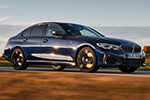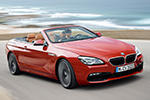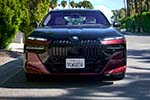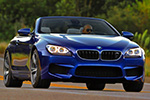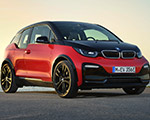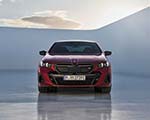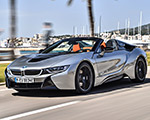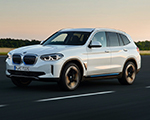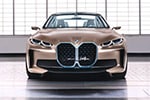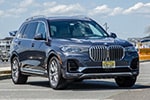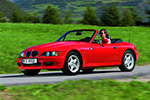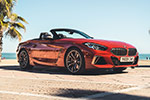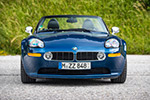While many automakers are racing to strip away physical controls in favor of all-digital interiors, BMW says its approach is guided by real-world usage data collected from millions of vehicles. That data, according to the company, decides which functions deserve a permanent physical button — and which can safely live on a touchscreen or be handled by voice. In words to the press, Stephan Durach, BMW’s Senior Vice President UI/UX Development, gave us a little bit more insight into how the brand is paring down buttons the smart way.
“We have ten million cars out there,” Durach starts. He says the automaker gets a “pretty detailed” look at what consumers are using — and, perhaps more importantly, when and how. As a direct result, things like the once pioneering iDrive controller have seen usage decline dramatically as drivers migrate to touch and voice inputs. For functions like navigation, media browsing, or personalization, BMW’s research shows customers now prefer more familiar interaction methods. “We really did this on statistical data on what kind of element we use,” says Durach. “The decision of ‘what we we’re taking out, what we’re keeping,’ was based on statistical user data.”
The statistics and data are also why you’ll find the most frequently used functions within a second’s glance in the cabin. For example, controls assigned to the steering wheel are only the ones customers use nearly every journey. On one side, volume and media controls. On the other, ADAS and driving assistance features. Placing these controls front and center ensure a few things. Chiefly, it puts driver distraction at a minimum. Secondly, it’s intuitive. Front and center is likely the first place you’ll look for those features.
Not All Buttons Will Disappear
“I don’t think it’s a good idea to remove every remove every button,” says Durach. Some features are non-negotiable. The steering wheel, seat, hazard light, mirror, and window controls remain physical, because BMW’s analytics show they’re used constantly and instinctively. The volume dial is another fixture that BMW claims simply doesn’t have a replacement in sight. That’s even more surprising when you consider it’s one of few functions with three redundancies built into it. (Steering wheel, physical dial, touch — possibly even voice?)
All the same, Durach admits that losing buttons does affect usability for some drivers. When asked whether its “mostly nostalgia” or an actual loss of functionality that leads to complaints about buttons disappearing from the cabin, he says “it’s a mixture. At the end of the day, we always try to do it based on data.” More vocal critics have decried the removal of buttons. But, BMW thinks its data-driven approach will, ultimately, pay dividends. The brand says this approach, combined with its Panoramic Vision display, is the best route to preserve driver engagement. Time will tell.




































